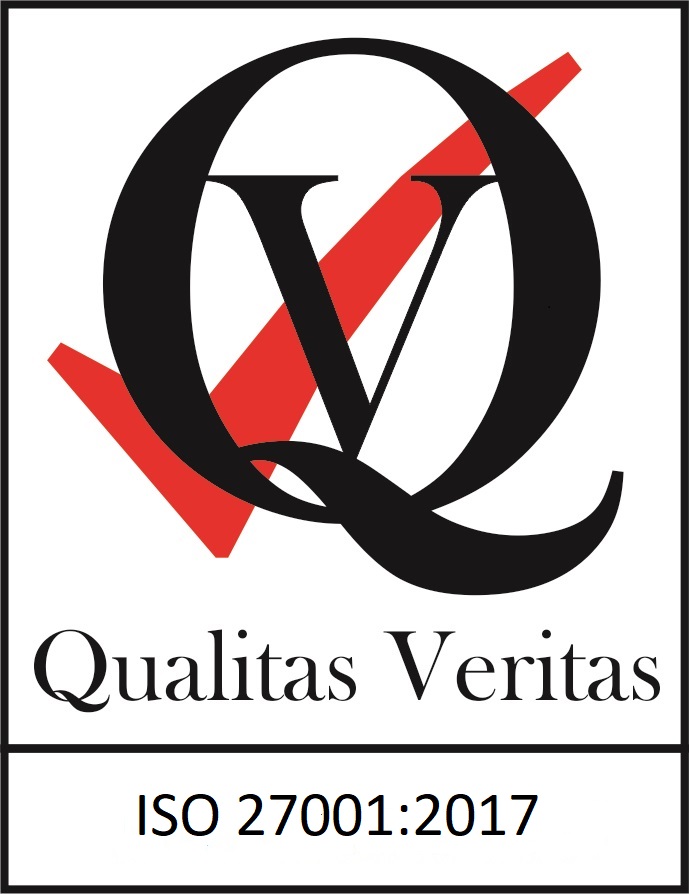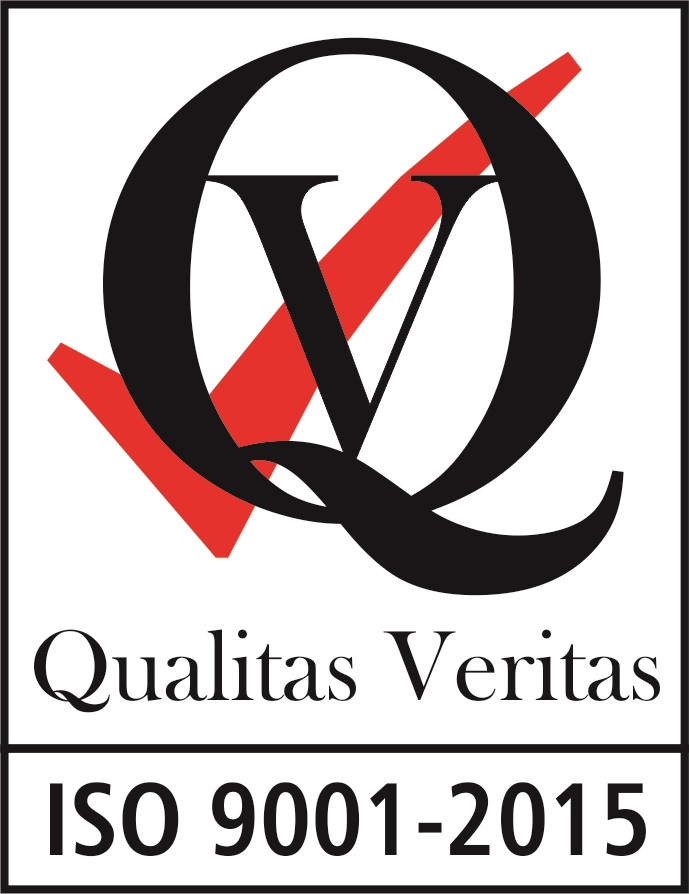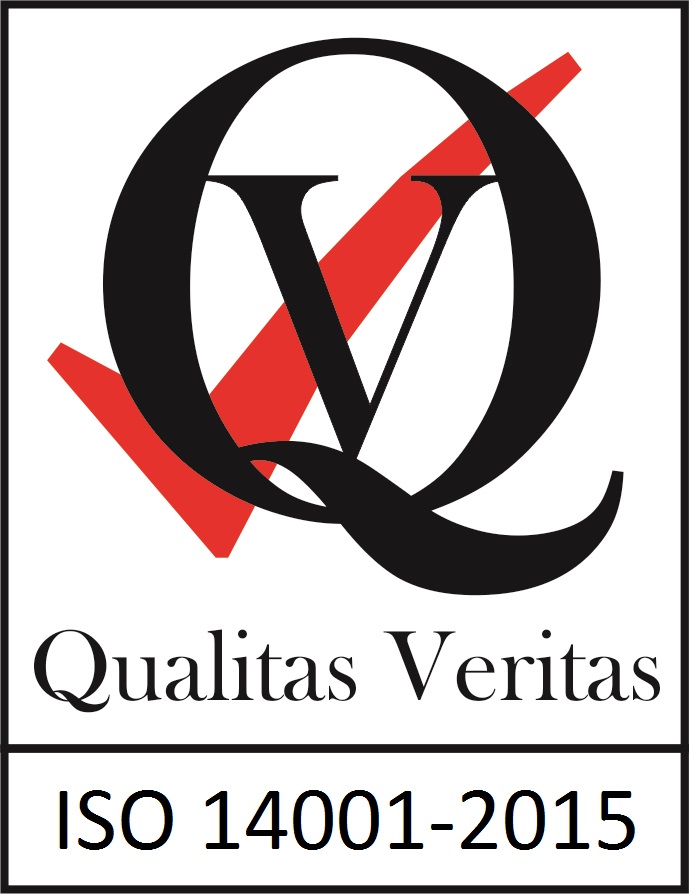System Hardening
Test your metal by ensuring your systems and infrastructure are up to par
Overview
Systems hardening is a collection of tools, techniques, and best practices to reduce vulnerability in technology applications, systems, infrastructure, firmware, and other areas. The goal of systems hardening is to reduce security risk by eliminating potential attack vectors and condensing the system’s attack surface. By removing superfluous programs, accounts functions, applications, ports, permissions, access, etc. attackers and malware have fewer opportunities to gain a foothold within your IT ecosystem.
Remove any components or functions you do not need; restrict access to applications based on user roles and context (such as with application control); remove all sample files and default passwords. Application passwords should then be managed via an application password management/privileged password management solution, that enforces password best practices (password rotation, length, etc.). Hardening of applications should also entail inspecting integrations with other applications and systems, and removing, or reducing, unnecessary integration components and privileges.
Apply OS updates, service packs, and patches automatically; remove unnecessary drivers, file sharing, libraries, software, services, and functionality; encrypt local storage; tighten registry and other systems permissions; log all activity, errors, and warnings; implement privileged user controls.
Put all servers in a secure datacenter; never test hardening on production servers; always harden servers before connecting them to the internet or external networks; avoid installing unnecessary software on a server; segregate servers appropriately; ensure superuser and administrative shares are properly set up, and that rights and access are limited in line with the principle of least privilege.
Create admin restrictions, such as by controlling privileged access, on what users can do in a database; turn on node checking to verify applications and users; encrypt database information—both in transit and at rest; enforce secure passwords; introduce role-based access control (RBAC) privileges; remove unused accounts;
Ensure your firewall is properly configured and that all rules are regularly audited; secure remote access points and users; block any unused or unneeded open network ports; disable and remove unnecessary protocols and services; implement access lists; encrypt network traffic.
Why it matters?
Enhanced System Functionality
Significantly improved Security
Simplified compliance and auditability
Comprehensive Security For Your Organisation's Needs
Contact us now to find out how we can protect your business





